The output of the household outlet is AC. But when repairing one of those, I found that there was a LED (used as indicator) in there. Since LED is a diode, it must switch on 60 times and switch off 60 times in a second, since frequency is 60Hz in my region. But I saw that the LED is constantly on. Is the LED really constantly on or is it my inability to see it switching on and off regularly?
- 1,079
- 1
- 8
- 21
-
There is more than just a LED in there. And it might be not a LED at all. – Eugene Sh. Oct 10 '18 at 14:47
-
Yeah, a resistor too. – G-aura-V Oct 10 '18 at 14:47
-
1Pixels on your TV screen can be flashing on and off 60 times a second, can you see them doing it? – Finbarr Oct 10 '18 at 15:05
-
Depending on how it's wired (e.g. with a full bridge rectifier) it may be going through 120 cycles a second. Probably no one would bother doing that for a "power is on" indicator but where you want your LED for room or task lighting it's very common. – Jamie Hanrahan Oct 10 '18 at 15:14
-
3Are you sure it is not a neon lamp? – HandyHowie Oct 10 '18 at 15:32
-
1If there's no other components than a resistor, it'll be a neon tube. They flicker at twice the supply frequency, since they'll conduct (by discharge through the gas) in both directions, so it won't be noticeable. LED's will also have an additional diode, since you don't want to put the full reverse voltage across the LED. – Phil G Oct 10 '18 at 19:32
-
Out of curiosity what country is this in? the shape of the faceplate seems british to me and the shape of the plug reminds me of a BS546 plug, but I have never seen a british plate with so many switches crammed in and we use 50Hz in britan. – Peter Green Oct 12 '18 at 16:15
-
@Peter Green, its here in Nepal, hope you know the country – G-aura-V Oct 12 '18 at 16:22
-
@GauravBhattarai. There are LED's on the market made for AC current. It is 2 LED's in anti-parallel configuration, so flashing is twice as fast as you think. – Oct 12 '18 at 21:36
2 Answers
Yes, such indicators often do flicker. Try sweeping your vision across it rapidly. You'll likely see a series of dots.
For example, here's an outlet in my kitchen:
And here's a picture of it taken with deliberate motion blur:
The flicker actually bothers me when I walk through the dark kitchen at night, in the same way that the PWM taillights on moderns cars do when driving at night.
- 168,369
- 17
- 228
- 393
The indicator you pictured looks more like a neon lamp than an LED to me.
But yes indicators do flicker based on the line frequency, for a neon or for a LED driven with a bridge rectifier the flicker will be at double line frequency (120Hz in north america 100Hz in Europe) which renders it invisible. OTOH if a LED is driven "half-wave" the flicker will be at line frequency (60Hz in north america, 50Hz in Europe) which is just on the edge of being noticable for humans.
Old neons also frequently develop a slow flicker (much slower than line frequency), i'm not an expert on why but there is some discussion at Why a neon lamp indicator on power strip switch flickers in the dark?
How can I confirm whether it is a neon lamp or LED?
There are a few clues.
The first is the visual appearance, Neons are glass bulbs with two identical looking wires inside and usually a lump sticking out the top where the bulb was sealed, LEDs are lumps of plastic, sometimes with a visible asymmetric electrode arrangement inside
The second is what it is connected to. Neons can be connected to the mains with a simple resistor. With LEDs you will generally find at least an diode in reverse parallel (to protect the LED from reverse voltage), a series capacitor (to drop the bulk of the voltage) and a series resistor (to protect against spikes).
- 21,158
- 1
- 38
- 76

